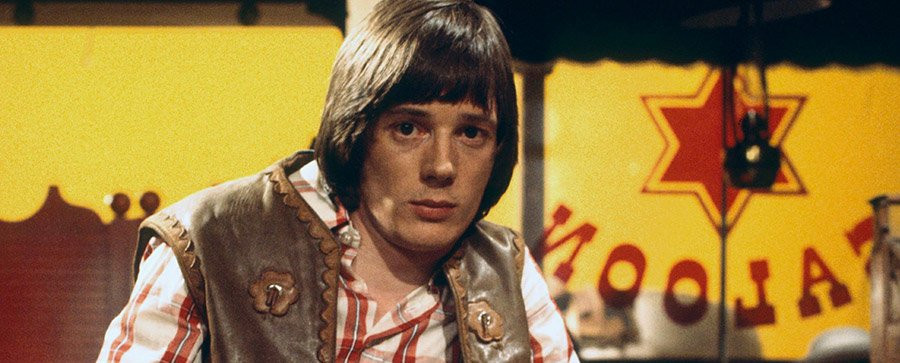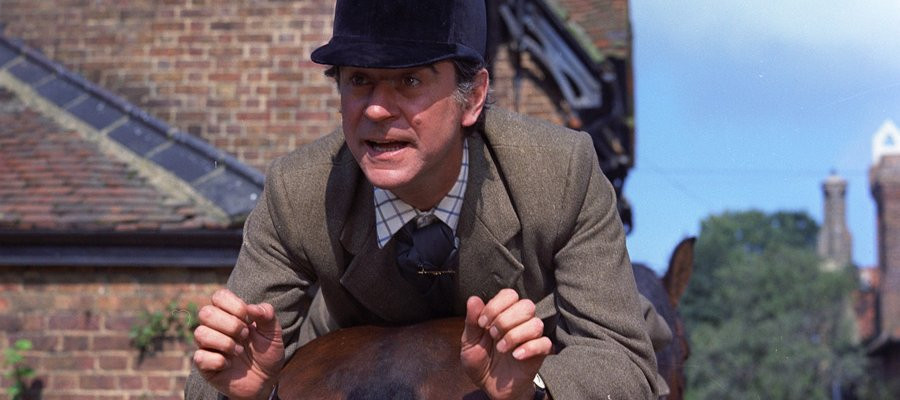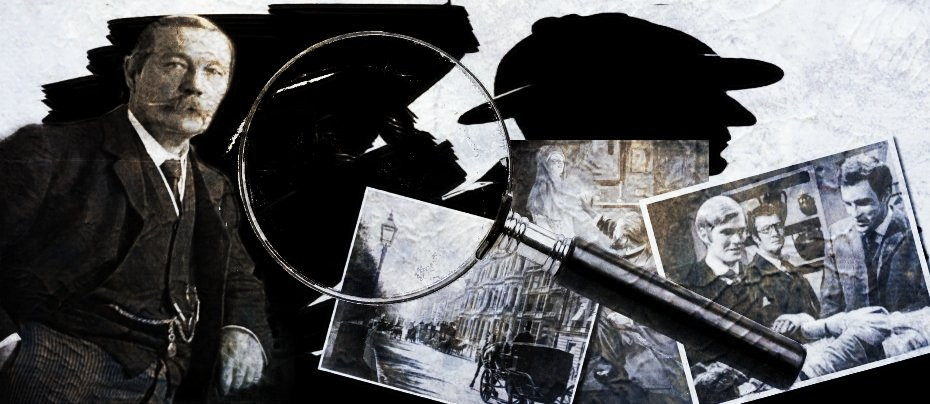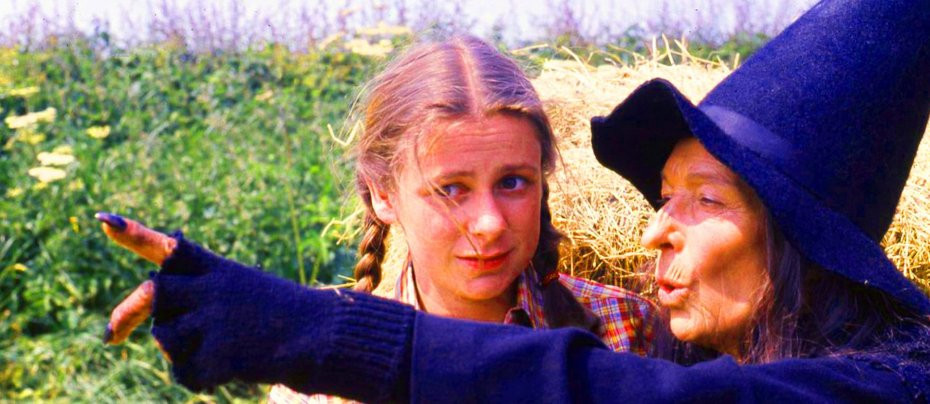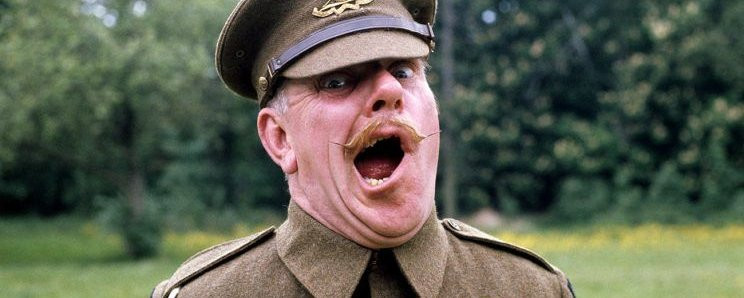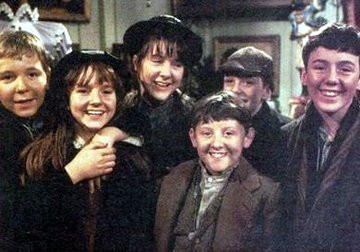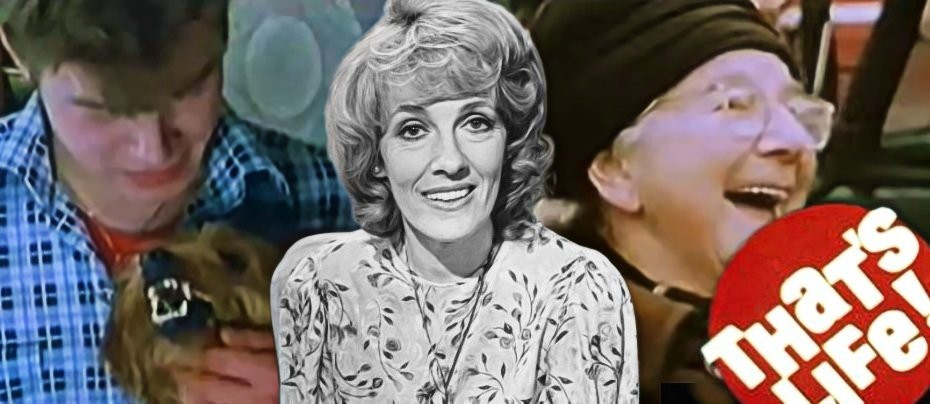
That's Life
1973 - United Kingdom“for all the comedic elements, there was a more serious side to the programme”
That’s Life review by Brian Slade
For people of a certain age, Sunday evening television probably carried a more familiar line-up than any other evening of the week. Songs of Praise was of course an ever present on the BBC, a curious rival to Bullseye over on ITV. Last of the Summer Wine offered a gentle comedy while Cilla Black was hosting Surprise Surprise on ITV. If you hadn’t done your homework by now you were doomed to a mad panic on the bus on Monday, because the later evening option on BBC was a curiously captivating consumer programme called That’s Life, much criticised at times but holding a spot in the schedules for a remarkable 21 years.
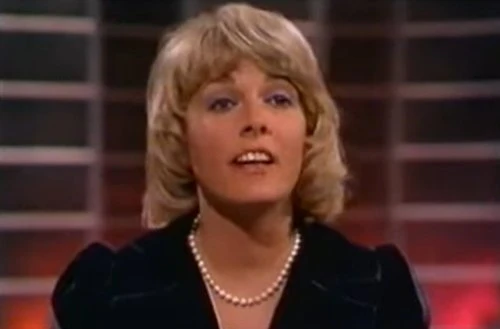
Host of That’s Life for its entire run was Esther Rantzen. The programme had been an offspring of Braden’s Week, itself said to be a show that saw host Bernard Braden and his team, of which one was Rantzen, ‘take a sideways look at the week and a careful look at some of the problems that bother us.’ It had all the hallmarks that would become regular fixtures of That’s Life, with a variety of reporters, a singer and a reader for ‘Nonsense of the Week.’ Braden was sacked by the BBC at the end of the 1972 series.

In May of 1973 the Radio Times announced, ‘When the Council won’t budge, when the Ministry won’t reply, when the Managing Director snubs you do you say ‘that’s life’ and give up? Or do you turn to this programme: a late night collection of the jokes, dramas and problems that happen in real life?’ It was hardly a catchy tagline, but it did encapsulate the intentions of the programme that replaced Braden’s Week – That’s Life. It occupied a curious timeslot in its early days, squirreled away usually after 11pm on a Saturday evening, but it had worked for Braden’s Week and it performed well enough in its 13 episodes to get renewed. By 1976, its fourth series, the programme was moved over to Sunday evenings which would become its regular home until its final few years in the early 1990s as it tried to rescue flagging ratings with a schedule change.

That’s Life was as curious a mixture of items as one can imagine. It would inevitably start off light-hearted enough…Rantzen and her team would usually thank various members of the public who had sent in unusual items, strange newspaper cuttings or pictures of signs that had taken on a new meaning (like Brand’s Hatch’s security request that ‘All asses must be shown’). There would usually be a few minutes of them out on the street interviewing the British public with questions related to quirky news stories, providing a comical segment that hovered between It’ll Be Alright on the Night and a sketch from Dick Emery!
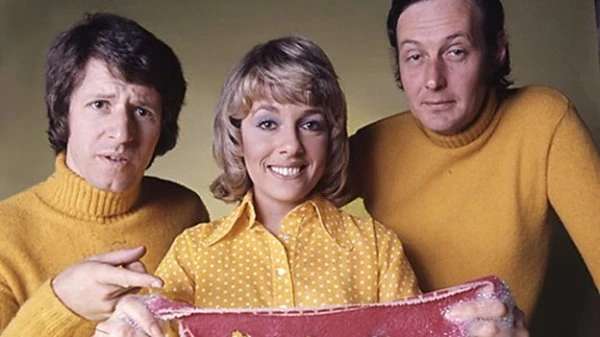
But for all the comedic elements, there was a more serious side to the programme. Sometimes it would come in the form of exasperated members of the public who were getting nowhere with uncooperative councils, scam builders or unscrupulous companies and had turned to That’s Life for help. There were also even darker features, with particular emphasis on the perils experienced by children either through illness or mistreatment. At times during the shows run, Rantzen would champion causes that went well beyond it’s a 5-minute segment in the programme, never more so than when the programme highlighted the plight of young Ben Hardwick, a child in desperate need of a liver transplant. The impact of the appeal on the programme was such that Ben got his transplant, although sadly his liver was rejected by his body, and he died at only three years old. The ripple effect of the story however continued and increased awareness of the need for organ donation, along with the establishment of a charity in young Ben’s name for children also suffering from liver conditions.

With such heavy stories, Esther Rantzen would end the segment with a perfectly timed pause, look to her side and just utter the name of one of her co-presenters, very often ‘…and finally Cyril’. In the early days, that was aimed at veteran performer Cyril Fletcher. Here he would lift the mood with more unusually comic mistypes from the press and in time, the curiously shaped vegetables that began to arrive in the post room of the BBC for their seconds of fame. Fletcher wasn’t the only star to take to the programme. Mollie Sugden had a weekly slot in 1986 after the closure of Grace Brothers in Are You Being Served?, while her co-star Wendy Richard, Pam Ayres, June Whitfield, Janet Brown and Victoria Wood were weekly guests at various times in the show’s lengthy run.
Inevitably as time went on and some of the stories became more outlandish – who can forget the dog who could allegedly say ‘sausages’? – more biting programmes began to lampoon the style of That’s Life. With Fletcher’s crossed eyes and Rantzen’s protruding upper teeth, the likes of Not the Nine O’Clock News and Spitting Image considered the programme fair game.

Towards its later days in the early 1990s, That’s Life had fallen somewhat out of favour with the public. They wanted more substance to their comedy than strangely shaped potatoes, and by now the consumer support element had been taken over by Watchdog, so there was very little room for That’s Life in the schedules. With Match of the Day gone due to the emergence of Sky, a move to a late Saturday evening slot failed to recover viewers and after an astonishing 21 series, That’s Life said farewell in 1994.
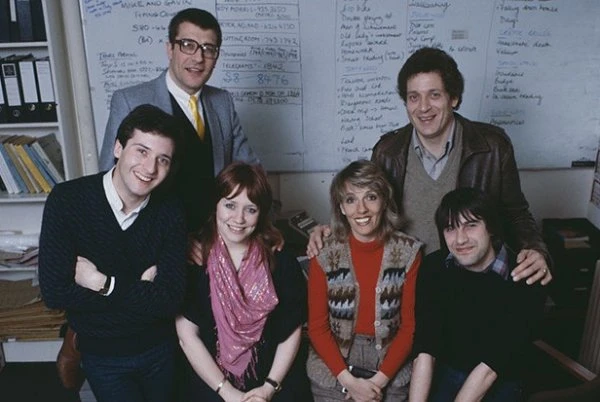
It's easy to criticise and mock the style of That’s Life, but for all its bizarre humour, it was a show that had a lasting impact in many areas, not least the establishment of the Childline charity. It led to law changes, raised thousands for good causes, placed the word jobsworth into common usage for petty by-the-book officials and even got its host arrested for handing out bat stew in the street. Love it or loathe it, That’s Life became part of the fabric of the three-channel era of television.
Seen this show? How do you rate it?
Seen this show? How do you rate it?
Published on August 4th, 2022. Written by Brian Slade for Television Heaven.


